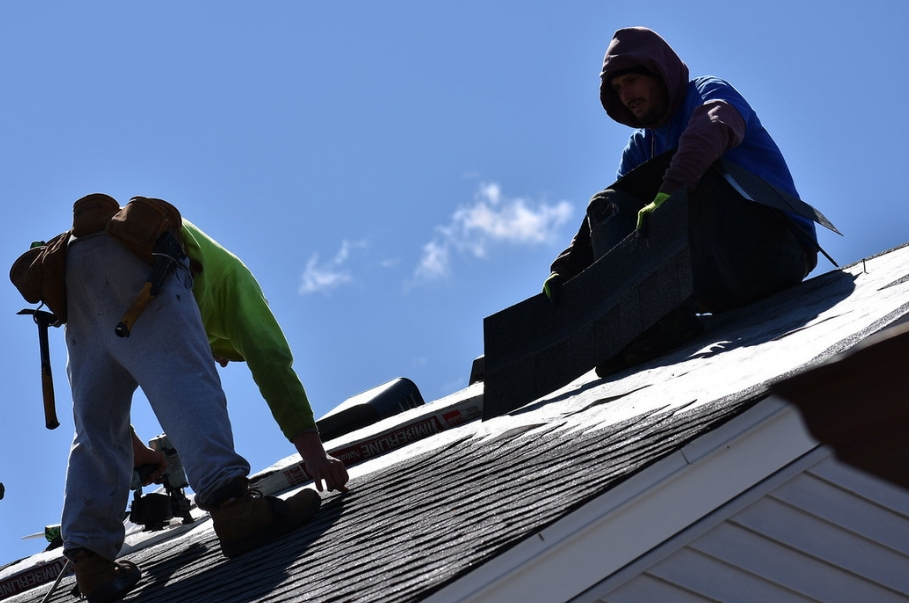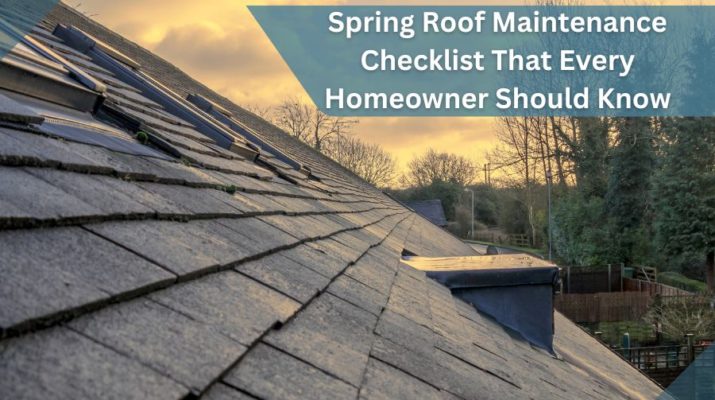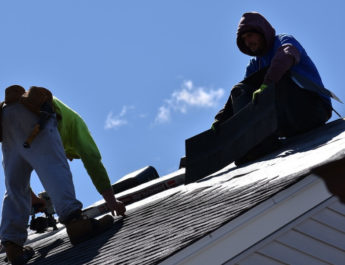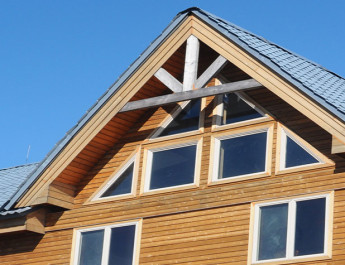The arrival of spring is the perfect time to check off a few items on your home maintenance list. One important item that needs attention is your roof. Checking your roof for wear and tear, cleaning it regularly, and making repairs as needed can help extend its life and save you money in the long run.
Is Your Home’s Roof Ready For Spring?

If you’re like most homeowners, you know how important it is to check your roof annually for any issues that may have occurred over the winter months. By performing regular maintenance on your roof, you can help prevent costly repairs in the future and prolong the life of your roof. Spring is just around the corner, it’s time to get out there and make sure everything looks good. Here’s a checklist of things to look out for when inspecting your roof this season.
Inspect Your Shingles
Shingles are one of the most vulnerable parts of your roof due to their exposure to weather conditions. Make sure that all of the shingles appear in good condition, with no missing or curled edges. Also be sure to check for any granule loss from asphalt shingles—if you notice a lot of granules washing away when you hose it down, this could be an indication that it’s time for a new roof! You should also inspect any chimneys or vents for cracks or other damage that could lead to a leaky roof if not fixed promptly.
Check the Gutters & Downspouts
Gutters and downspouts play an essential role in protecting your home from water damage by directing water away from its foundation. Make sure they are clean and free from debris such as leaves and twigs that can cause clogs and blockages which can lead to flooding. Also look for rust spots or corrosion which can indicate potential problems with the material itself. Finally, check around all joints and corners to make sure they are secure and not leaking anywhere.

Look Out For Leaks
While checking your shingles, gutters, and downspouts, keep an eye out for any signs of leakage such as damp spots on walls or ceilings inside your home. If you do find any leaks, contact a local roofer immediately so they can address the issue before more serious damage occurs. It’s also important to inspect all flashing around skylights, chimneys, and vents as these areas are prone to developing leaks over time due water seeping through open seams or gaps in these areas.
Check Your Attic
A poorly sealed attic can cause a variety of problems such as condensation, mold and mildew, and even ice dams in colder climates. Inspect the inside of your attic for any signs of damp or water damage. If you see any leaks or stains on the walls or ceiling, this could be an indication that there’s a potential problem with your home’s roof, gutters, or flashing.
Clean Your Home’s Roof
Finally, you should also make sure to clean your roof regularly. This involves removing any moss or algae buildup, as well as sweeping away dirt and debris that can accumulate on the surface of the shingles. You can also use a garden hose to rinse off the roof if needed. It’s important to take extra care when cleaning to avoid damaging the shingles with a power washer or harsh chemicals that could strip away their protective coating.
Following these simple steps will help ensure your roof is in good condition for spring and ready to withstand the elements of summer! Be sure to contact a professional if you have any concerns about your roof—better safe than sorry!
Consult With A Professional Roofer
Performing regular maintenance on your home’s roof is an important part of keeping it safe and in good condition throughout the year. Following this checklist will help ensure that everything looks good during springtime inspections so that you don’t have any surprises come summertime! Be sure to keep an eye out for signs of damage or wear-and-tear so that minor issues don’t turn into major ones later on down the road! With just a little bit of effort now, you can save yourself a lot of hassle in the future! Happy spring cleaning!
How often should I inspect my roof?
You should perform a visual inspection of your roof at least once every spring and fall. If you live in an area prone to extreme weather or experience frequent storms, it’s recommended that you do more frequent inspections throughout the year.
What should I look for during my inspection?
During your inspection, be sure to check all shingles for any signs of damage, missing pieces, or granule loss. Also make sure gutters are free from debris, downspouts are securely attached and not leaking anywhere, and flashing around skylights and chimneys is in good condition.
What should I do if I find a leak?
If you find a leak or suspect one, contact a professional roofer immediately to assess the situation and make necessary repairs before further damage occurs.




